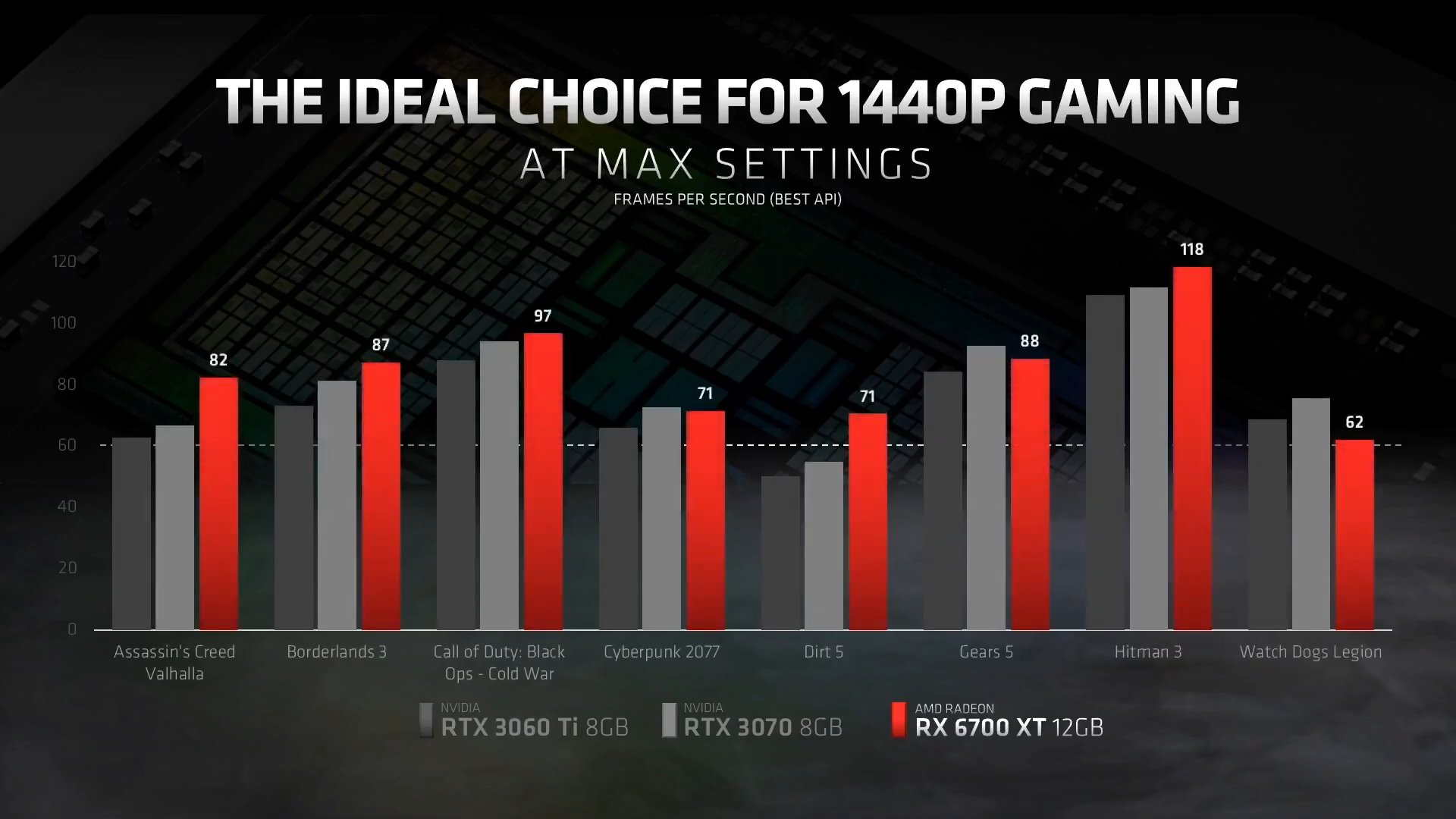I have no miracle view where i can see whats behind anonym names. But i have checked his webpage, so i think he is rightIf AMD's Radeon division employee gives you crystal clear answer, you need to either accept it or prove to him he is wrong with facts and not guesses
I'm saying that in case you didn't know who 3dcgi is.
@OlegSH
In the twitter post i wrote that also the "polygon" thrououtput went up 80% but the front end look simmilar like navi10 with 4 Rasterizer. Also it is confirmed by @3dcgi that it is 4 rasterizer
So how will convert 80% more polygons into pixels when the rasterizer count keeps the same?
Last edited:

